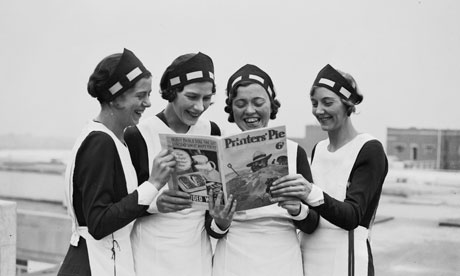
Contrary to the nostalgic images of strong tea and sponge cake, Woodbine smoke and the Blitz spirit, the Lyons teashop chain was at the cutting edge of computing 60 years ago.
It was Lyons' money – and the brilliance of the computing pioneers Sir Maurice Wilkes, John Pinkerton and David Caminer – that gave the world its first business computer. Wilkes, a Cambridge scientist, had spearheaded the development of the Electronic Delay Storage Automatic Calculator (Edsac), which caught the eye of the people at Lyons who were always on the lookout for faster, better ways to run their business.
In the late 1940s the chain agreed to underwrite some of Edsac's development in return for the Cambridge boffins' help in devising a computer that could process business information.
By late 1951, the Lyons Electronic Office (Leo) I computer, designed by Pinkerton and Caminer, was being used for bakery valuation calculations. Three years later, it was preparing the payslips of the 1,700 weekly-paid employees at the Lyons bakery near Olympia, west London.
Leo Computers Ltd was founded to sell the Leo and its successors, Leo II and Leo III, to other businesses. Customers included the GPO, Customs and Excise, the Ministry of Pensions and the Ford motor company. The machines were also sold to Australia, South Africa, the Soviet Union and Czechoslovakia. The company became part of English Electric and then ICL – the Labour government's attempt to expand the British computer industry into the global market in the late 1960s – before the latter was taken over by Fujitsu in 1990.
But although it is seldom remembered today, the achievements of Leo and the team behind it remain as remarkable as they are undeniable.
As New Scientist put it a decade ago: "In today's terms it would be like hearing that Pizza Hut had developed a new generation of microprocessor, or McDonald's had invented the internet."

